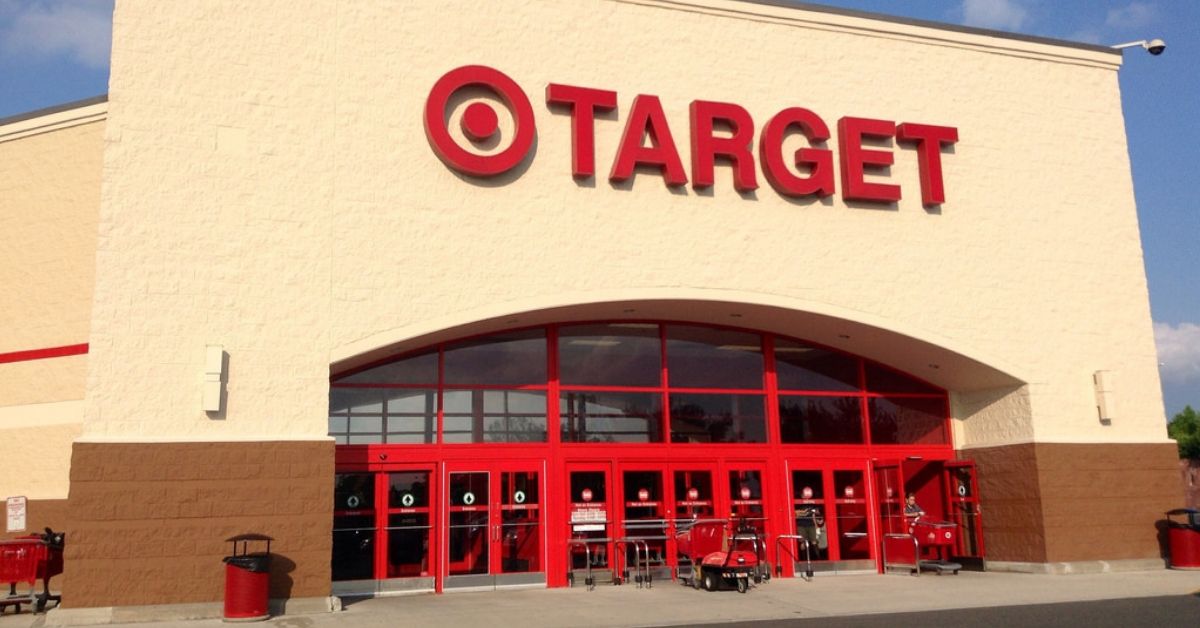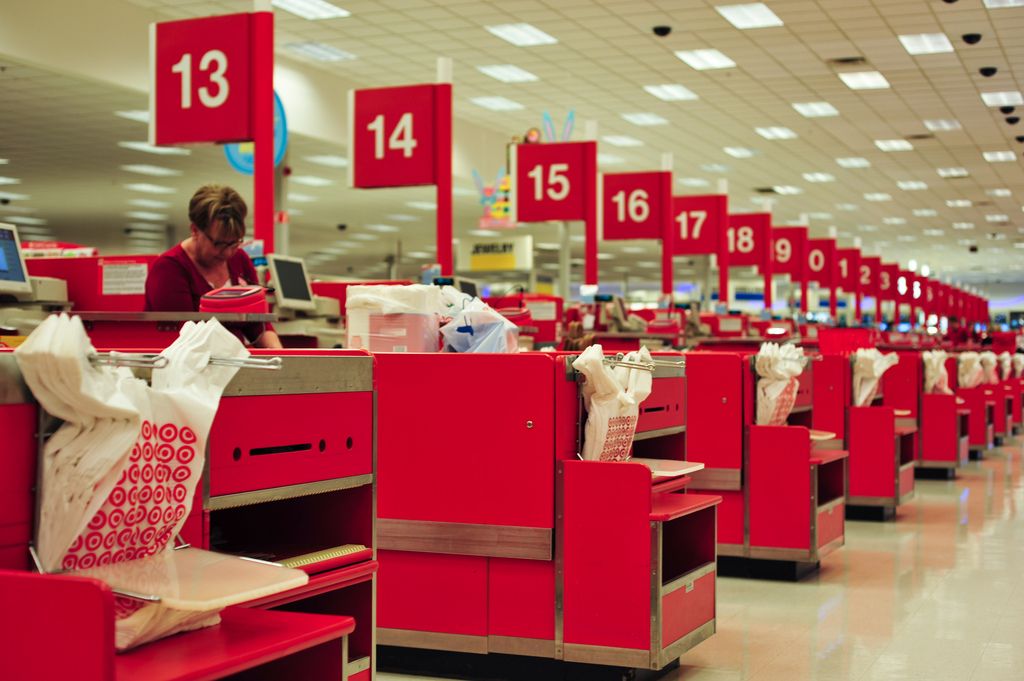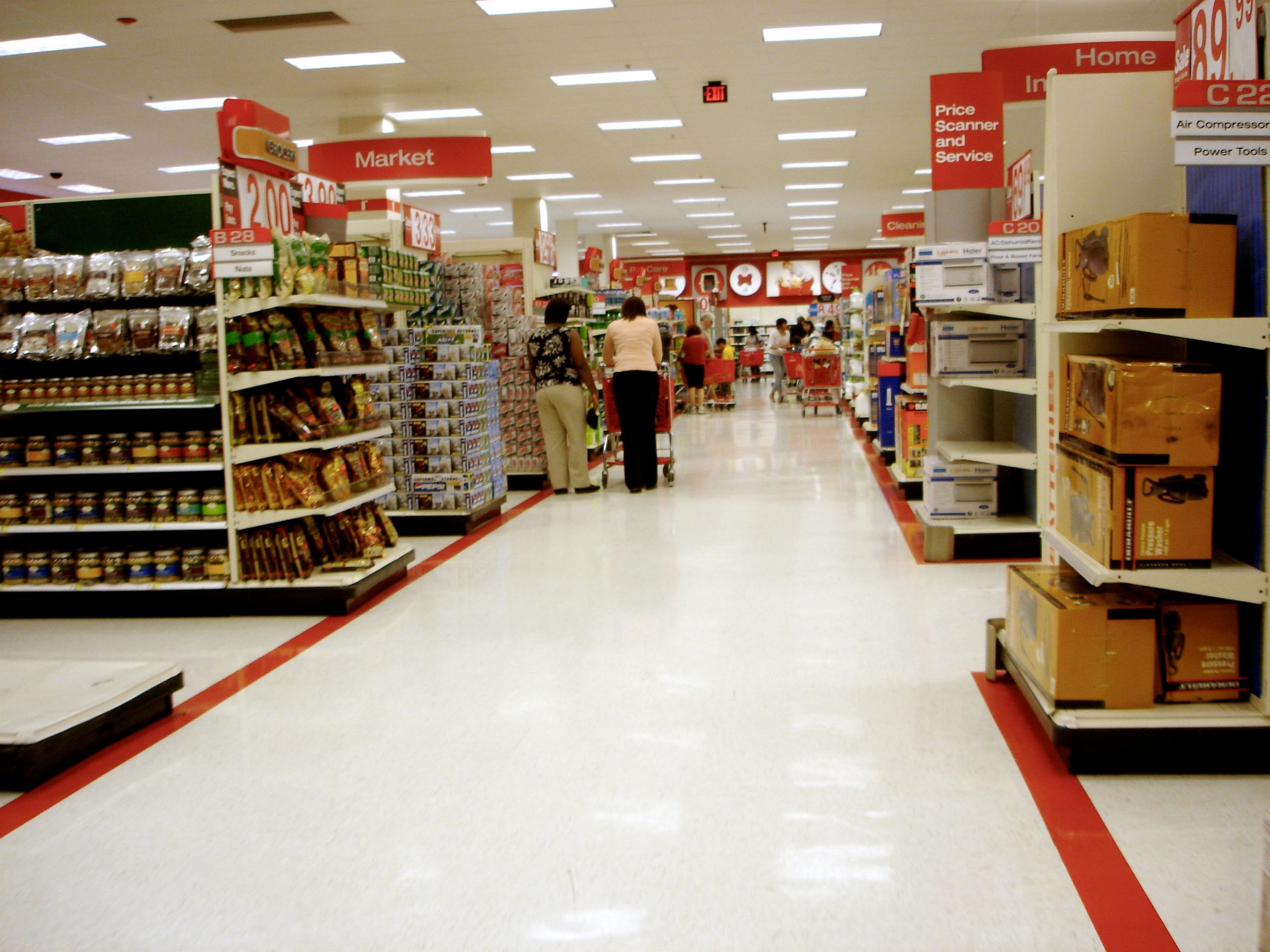I'm a self-proclaimed shopaholic who struggles with impulse control, so I'm never surprised about leaving a store with more items than I initially intend to buy.
However, for people who always go shopping with a carefully planned list, coming out of the store with a cartful of extra things is something they have a hard time explaining.
We've all been victims of what Urban Dictionary now refers to as the "Target Effect," and we can't solely blame ourselves for it.
If you find yourself struggling to limit your purchases while shopping at a store like Target, there are some very concrete scientific reasons why.
According to shopping experts, Target, and to some degree, other big box stores, are able to make us spend extra money by the manner in which they arrange their products.
Clever product placement is used to trick your brain into thinking that you need to purchase products associated with the items you already have in your cart.
"Stores have an idea about the path [shoppers take]," Tom Mayvis, a professor of marketing at New York University's Stern School of Business explained to Refinery29.
He continued, "Walmart was once famous for doing things like putting like Band-Aids next to fishing hooks and things like that. Something you don't naturally associate, but once you see them there, it makes sense. So when people come in for something in one category, you can cross-sell, you can sell them something that compliments in the next product category by making sure they're right next to each other."
Mayvis' argument is backed up by Target's Vice President of Store Design, Joe Perdew, who also spoke to Refinery29.
We know that some guests want to grab a coffee at Starbucks and explore the aisles, so we've added features like dynamic product vignettes throughout the store that help guests envision how things will fit into their lives. Our revamped Beauty department looks like a specialty shop and is designed to invite guests to try out products, and in Home, products are cross-merchandised and displayed in lifestyle settings, so guests can imagine what they'll look like in their own homes."
Perdew also drew attention to Target's dollar section, also called the "Bullseye's Playground." These random items aren't always $1, but they're discounted and placed near the checkout so you can grab them at the last minute, even if you don't really need them.
Other experts, like Kentucky-based Dr. Kevin Chapman, believe that Target is successful in making their customers spend more because of the aesthetics of their stores as well as their "psychological pricing." For example, items are priced at $9.99 instead of rounding up to $10.
When people are happy with a store's appearance and prices, they will spend more, of course.
"You have good people in the marketing department at Target, and they have really good designers who have created such an ambient atmosphere for people. It's really well lit at Target, right? There's a lot of color at Target. It's pretty consistent throughout the store and generally that's going to make people feel happier."
While these tactics may seem like these stores are trying to trick us, Mayvis doesn't think that is the case. As long as you don't have a spending problem, he says there is no need to feel guilty about spending a little extra on items that you will eventually put to use.
"I don't want to say that the stores are making a buy things that we don't want, that we don't need," he said. "These unplanned purchases are often things that we do like and that we do want. We just didn't think of them."
If you do regret making some purchases, you have up to a year to return any Target-branded items. For non-Target-owned products, you have 90 days.



